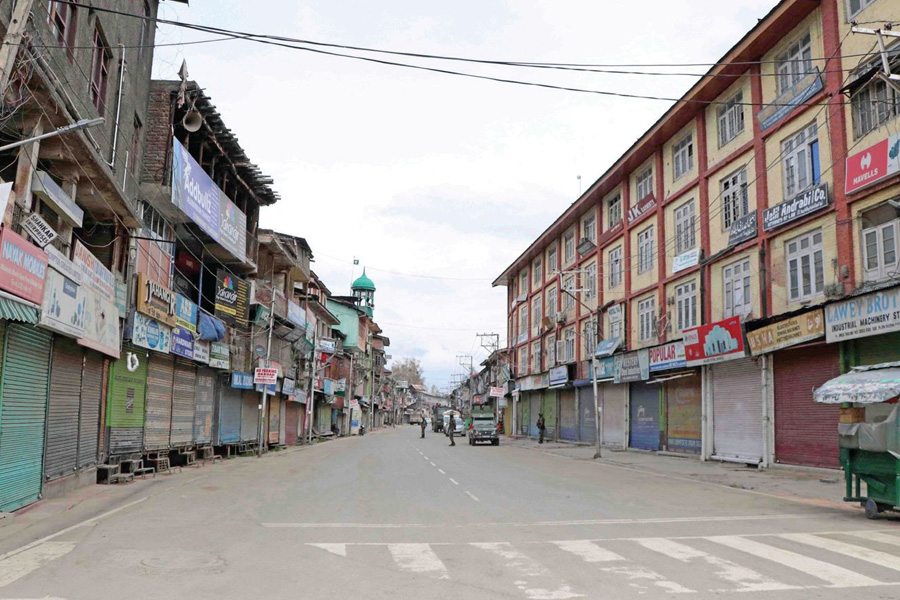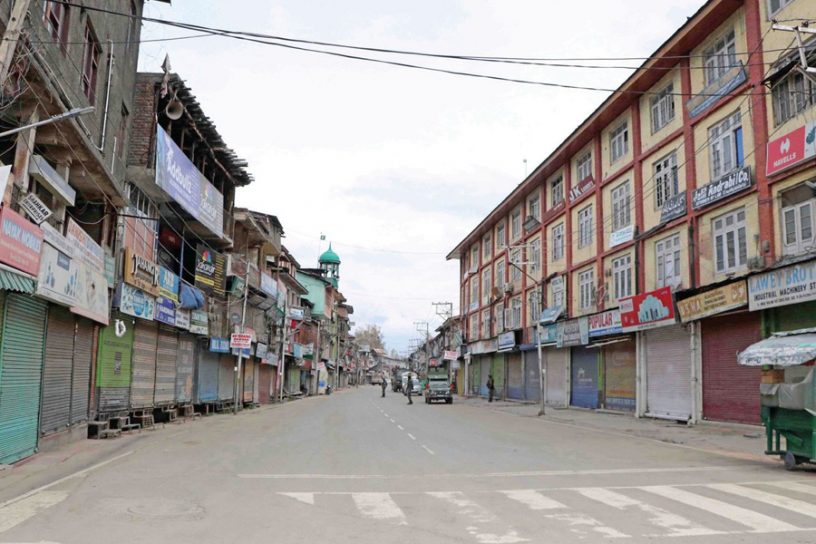
In this book chapter, the author argues that attention to the sensory and extra-linguistic forms of remembrance allow us to excavate the everyday emotions, experiences, and vulnerabilities endured by people living in one of the most militarized conflict zones in the world.
Author
Bhavneet Kaur, Assistant Professor, Jindal Global Law School, O.P. Jindal Global University, Sonipat, Haryana, India.
Summary
The beginning of political movement for self-determination (tehreek) in Kashmir, particularly the armed movement from late 1980s onward and the concomitant military occupation by the Indian state, transformed downtown Srinagar into a garrisoned colony, choking the capillaries of everyday life through complex structures of state surveillance and military control.
After three decades of this armed movement, which continues to have dynamic interfaces with the present, it becomes critical to ask: how do we reimagine the social world of downtown Srinagar of the 1990s and its superimposition onto the present? How is the past remembered and retold in a conflict space that is sedimented with continuing inscriptions of violence?
I posit that remembrance of the 1990s in everyday life is achieved through a constellation of mnemonic practices that are sometimes rooted in material and visually accessible monuments of memory such as martyrs’ graveyards, sometimes in linguistic exchanges or verbal testimonies, and sometimes in the sensory and embodied recalls of the past.
However, in this chapter I focus on the latter and ask how can we locate emotional, intimate, and often invisibilized practices of remembrance within the larger political movement? I argue that attention to the sensory and extra-linguistic forms of remembrance such as preservation of everyday artifacts, snippets of folk songs, and embodied memory of dreams allow us to excavate the everyday emotions, experiences, and vulnerabilities endured by people living in one of the most militarized conflict zones in the world.
Published in: Routledge Handbook of Critical Kashmir Studies, Routledge.
To read the full article, please click here.


